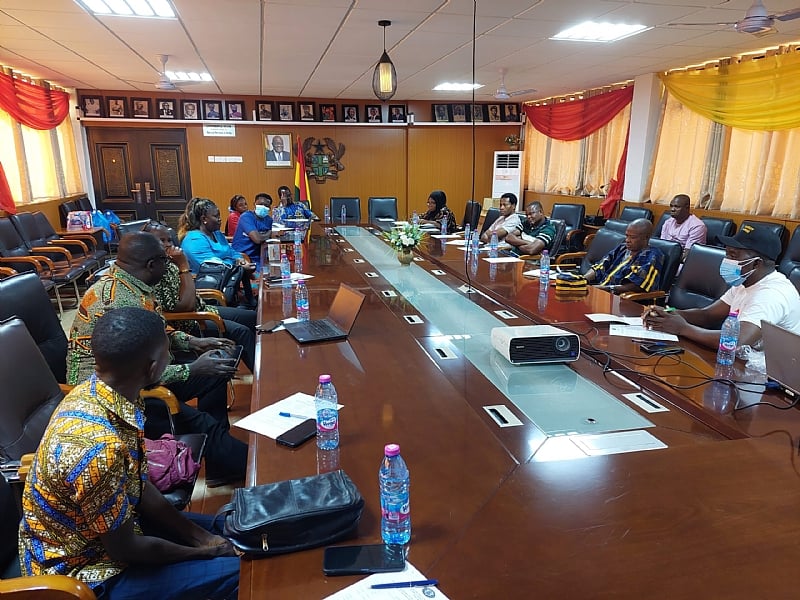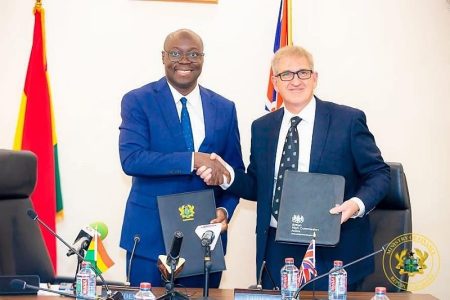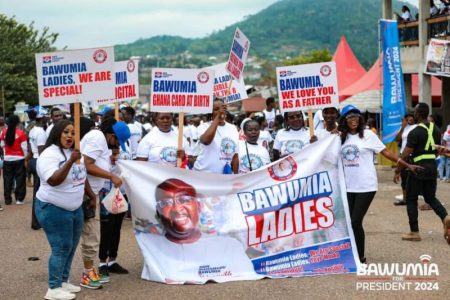The Bono Region of Ghana is experiencing a disproportionately high prevalence of HIV among women compared to men, according to recent data from the Ghana Health Service (GHS). As of September 2024, out of the total 11,401 individuals living with HIV/AIDS (PLWHAs) in the region, a staggering 8,481 were female, while only 2,727 were male. This significant disparity underscores the vulnerability of women to HIV infection in the region and highlights the urgent need for targeted interventions to address the underlying factors contributing to this imbalance. While the exact reasons for this disparity require further investigation, potential contributing factors could include socio-cultural norms, economic disparities, and limited access to healthcare and education.
Despite the concerning gender gap in HIV prevalence, a positive aspect of the report is the high number of PLWHAs currently receiving treatment. Mr. Emmanuel Obeng-Hinneh, the Bono Regional HIV Coordinator, confirmed that all identified PLWHAs in the region are currently enrolled in treatment programs. This universal access to treatment is a crucial step towards controlling the spread of HIV and improving the quality of life for those living with the virus. Access to antiretroviral therapy (ART) not only helps manage the disease and prevent progression to AIDS but also significantly reduces the risk of HIV transmission. The commitment to ensuring access to treatment for all diagnosed individuals reflects the efforts of the GHS and its partners in combating the HIV epidemic.
Moving beyond simply providing treatment, the GHS is also actively monitoring the effectiveness of treatment through Viral Load (VL) testing. VL testing measures the amount of HIV in a person’s blood, and a suppressed viral load indicates that the treatment is working effectively and significantly reduces the risk of transmission. Out of the 9,791 clients eligible for VL testing, 8,177 samples have been collected, and 6,270 tests have been conducted. This represents a testing coverage of 64% and an impressive viral load suppression rate of 88%. While the testing coverage is still below the desired level, the high suppression rate demonstrates the effectiveness of the treatment programs in controlling the virus among those tested. Increasing testing coverage remains a priority to ensure all PLWHAs benefit from effective treatment and minimize the potential for ongoing transmission.
To address the existing challenges and strategize for improved HIV prevention, treatment, and care, a stakeholder meeting was convened in Sunyani. Organized by the Bono Regional office of the Technical Support Unit of the Ghana AIDS Commission (GAC) in collaboration with the Bono Regional Coordinating Council, the meeting aimed to identify gaps and opportunities in the regional HIV response. This collaborative approach, bringing together various stakeholders, including government agencies, NGOs, and community representatives, is essential for a comprehensive and effective response to the HIV epidemic. The meeting provided a platform for sharing experiences, identifying challenges, and collectively developing solutions to improve HIV prevention, treatment, and care services.
Mr. Ahmed Ibrahim Bambilla, the Bono, Bono East, and Ahafo Regional Technical Coordinator of the GAC, emphasized the importance of continued stakeholder support in responding to the HIV trend in the region. He reaffirmed the GAC’s commitment to supporting NGOs in their efforts to implement HIV prevention programs and curb the spread of the disease. This support is crucial for strengthening community-based interventions, reaching vulnerable populations, and promoting behavior change that reduces the risk of HIV transmission. Collaborating with NGOs allows the GAC to leverage their expertise and community reach to effectively implement preventive measures at the grassroots level.
In conclusion, the HIV situation in the Bono Region presents a complex picture. While the high prevalence among women is a serious concern demanding immediate attention and targeted interventions, the universal access to treatment and high viral load suppression rate among those tested are positive indicators. The collaborative efforts of the GHS, GAC, NGOs, and other stakeholders, as evidenced by the stakeholder meeting, are crucial for addressing the challenges and strengthening the overall HIV response in the region. Continued focus on increasing VL testing coverage, understanding the underlying factors contributing to the gender disparity, and supporting community-based prevention programs will be essential for achieving further progress in the fight against HIV/AIDS in the Bono Region.














